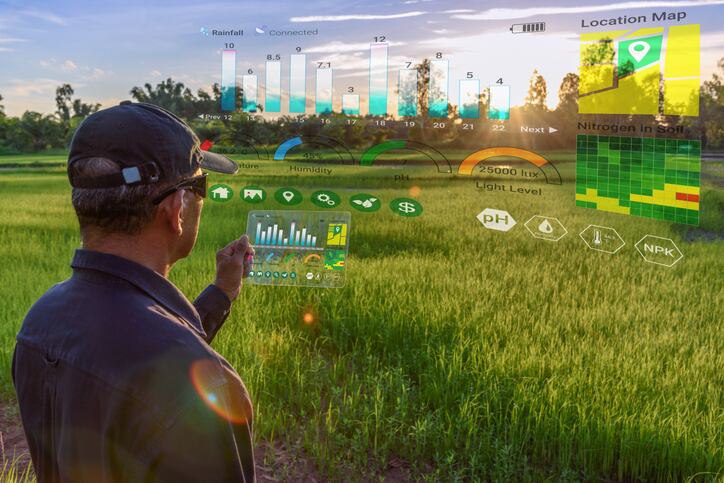“Although the food chain adapted relatively quickly to a COVID world, I would argue the pandemic also shows us that we were a little bit complacent somewhere along the way,” Steve Nicholson, VP, senior analyst for grains & oilseeds at Rabobank, noted during the markets forum at Rabobank’s annual Food & Agribusiness Summit earlier this month.
“We seem to have forgotten that change is the norm, not the exception,” he added, noting as such players up and down the supply chain must prepare for what could be around the next corner and invest in solutions that are “innovative, digital, diversified, flexible, resilient, efficient [and] transparent.”
While these investments are necessary at every point in the supply chain, industry should prioritize integrating planning tools that can anticipate disruption and provide alternate sourcing and distribution options, suggested Christine McCracken, executive director, protein analyst with Rabobank.
Stakeholders also must invest in labor automation, she added.
“The technological options available for producers today may add cost, but they also ensure a continuity of business and they help mitigate risk and labor challenges,” which became a focal point during the pandemic and will remain long after the threat of COVID-19 is eradicated, she noted.
For example, she argued, “one area where technology should have the greatest impact, whether it’s robotic fruit, harvesting and sorting equipment in Germany, automation of our US dairy farms or the use of big data in the Southern hemisphere, we are moving into a new era of technology adoption in agriculture. One that was pulled forward by the pandemic, but that was already well underway.”
Overcoming challenges to automation
Adopting automation sounds “relatively easy” in theory, but in reality “isn’t always that straightforward,” McCracken acknowledged, noting that “technologies aren’t always competitive or the trade-offs are too high.”
She added other challenges include the age and size of plants, their technological capabilities and the “relatively fixed mindset of an industry that is somewhat slow to change” and which “may not be working quite hard enough today to attract the outside-the-box thinkers we need to take the industry to the next level.”
While intimidating, and potentially overwhelming to industry, these changes likely would increase product quality and inventory management as well as reduce potential other costs, added Roland Fumasi, North American Regional Head of RaboResearch.
He also stressed that increasing transparency is vital to long-term gains and sustainability in the industry.
“Transparency is a subject that’s close to my heart. I’ve been discussing it for years, but usually I discuss it in the context of the consumer and that is the consumer demanding it from a supply chain,” he said. But now, “it’s clear to me that this is critical for value chain participants, regardless of thee transparency that the consumer demands” because it will lead to better visibility and faster reaction time to the next threat the food industry faces.

